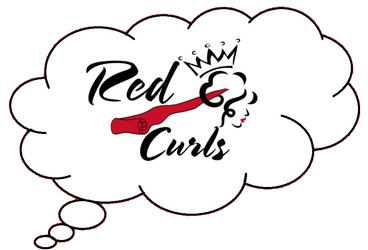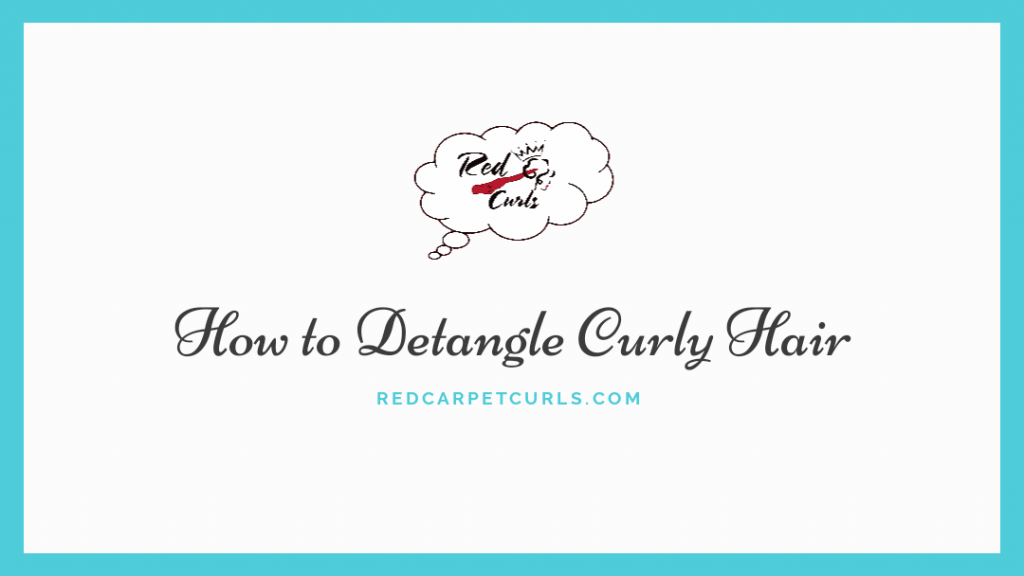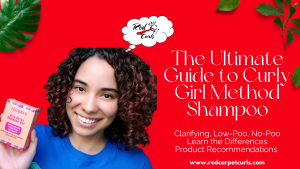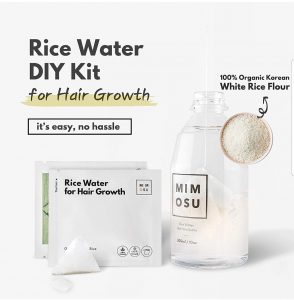Why is it so important to learn the most “effective” way to detangle naturally textured hair?

Naturally-textured hair is by nature drier than straight hair, therefore, it is so important to supplement moisture to these delicate strands. The more fragile the hair type (the curlier your texture), the more important properly detangling processes are. If you do not learn how to properly detangle your hair, you will cause yourself a lot of headaches, split ends, and breakage.
Can you detangle your hair when it is dry?

Technically yes, you can detangle your hair when it is dry. Do I advise it? Not really.
Hair is at its strongest state when dry, so the idea of detangling your hair dry is not an insane one.
Since the hair is strongest in this state, you would need either to spritz a little water on the hair or oil on the fingertips to allow some slip preventing friction and breakage. This method isn’t wrong. There is no wrong way to handle things, at the end of the day everything you do is a choice. Choosing to detangle your hair when it is dry requires a lot more patience and TLC. You must go slowly to ensure you do not cause any extra tangles.
If your hair is highly damaged, detangling dry might not be the most effective method, as the scales on the cuticle may be raised and cause more tangles as you try to release them. I would highly suggest detangling with water and conditioner as it provides more slip and conditioners are formulated to seal the cuticle, making the hair manageable and smooth. Conditioners are formulated with ingredients that provide slip like oils or fatty acids.
Can you detangle your hair wet?

Absolutely, in fact, it’s the preferred and recommended way to detangle your hair.
While hair is fragile while it’s wet, it is easier to manipulate, allowing for tools like wide tooth combs or even your fingers to pass smoothly down the hair shaft.
The best way to detangle hair is wet with plenty of conditioners. Conditioners focus on the cuticle layer, lowering the scales on the cuticle, to seal in any moisture the product imparts. That’s what gives you the shine you look for on washday. Conditioners work by coating the hair, sealing the scales on the cuticle. Suddenly, tangles begin to soften and release, allowing you to effortlessly detangle your hair. Just make sure to let the conditioner sit for 2-5 minutes before attempting to detangle.
Should you detangle with a brush/comb or your fingers?

The gentlest and safest way to detangle your hair is with your fingers. Using your fingers to detangle your hair allows you to move slowly and carefully, separating tangles. Brushes might be too rough causing split ends and breakage. You have much less chance of split ends and breakage when you detangle with your fingers. Save brushes for styling if you need help distributing your product or creating clumps.
If you need help detangling thick and coarse hair, or a tighter curl pattern, try utilizing a wide-tooth comb. These combs have wider spacing between the prongs to allow more hair to flow through creating fewer tangles. When you try to detangle using a comb or your fingers, always start toward the bottom of your hair and work your way up to avoid creating more tension.
Are there any other ways to detangle your hair?

My favorite way to detangle my hair is by using the Q-redew hair steamer. Steam is water in vapor form. The q-redew warms up the steam which encourages the scales on the cuticle layer of your hair to lift letting in the moisture from the vapor. The steam from the Q-redew softens and melt away tangles without saturating the hair to the point of weakness.
I am just one of those people that does not want to get their hair wet until they absolutely must. I love detangling with the Qredew because the heat lifts the scales on my cuticle, preparing my hair to be deeply cleansed by any shampoo I choose to use. Steam also encourages hair growth and is one of the easiest ways to keep the ends of your hair moisturized preventing split ends and breakage. The key to length retention is preventing split ends and breakage.




